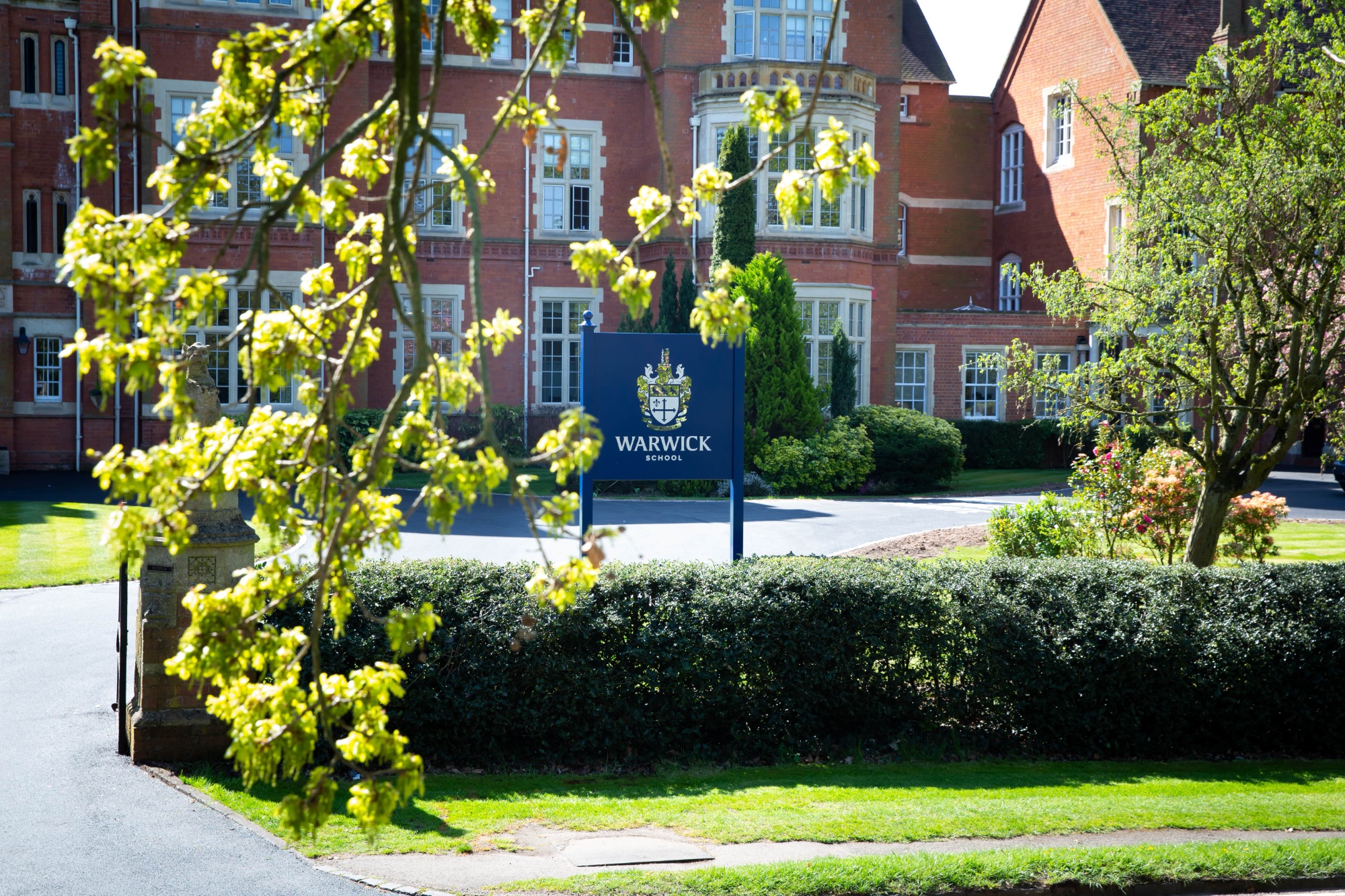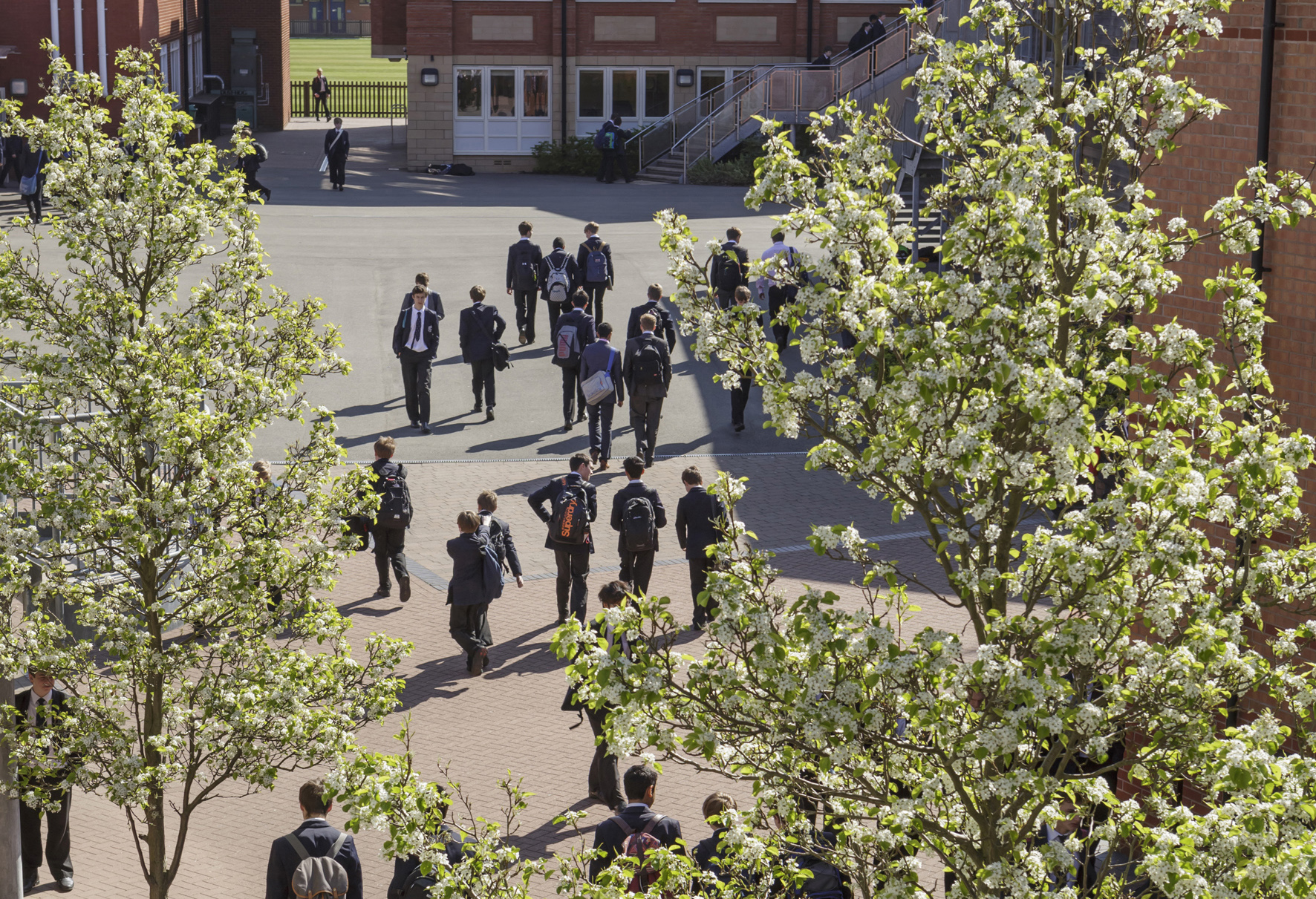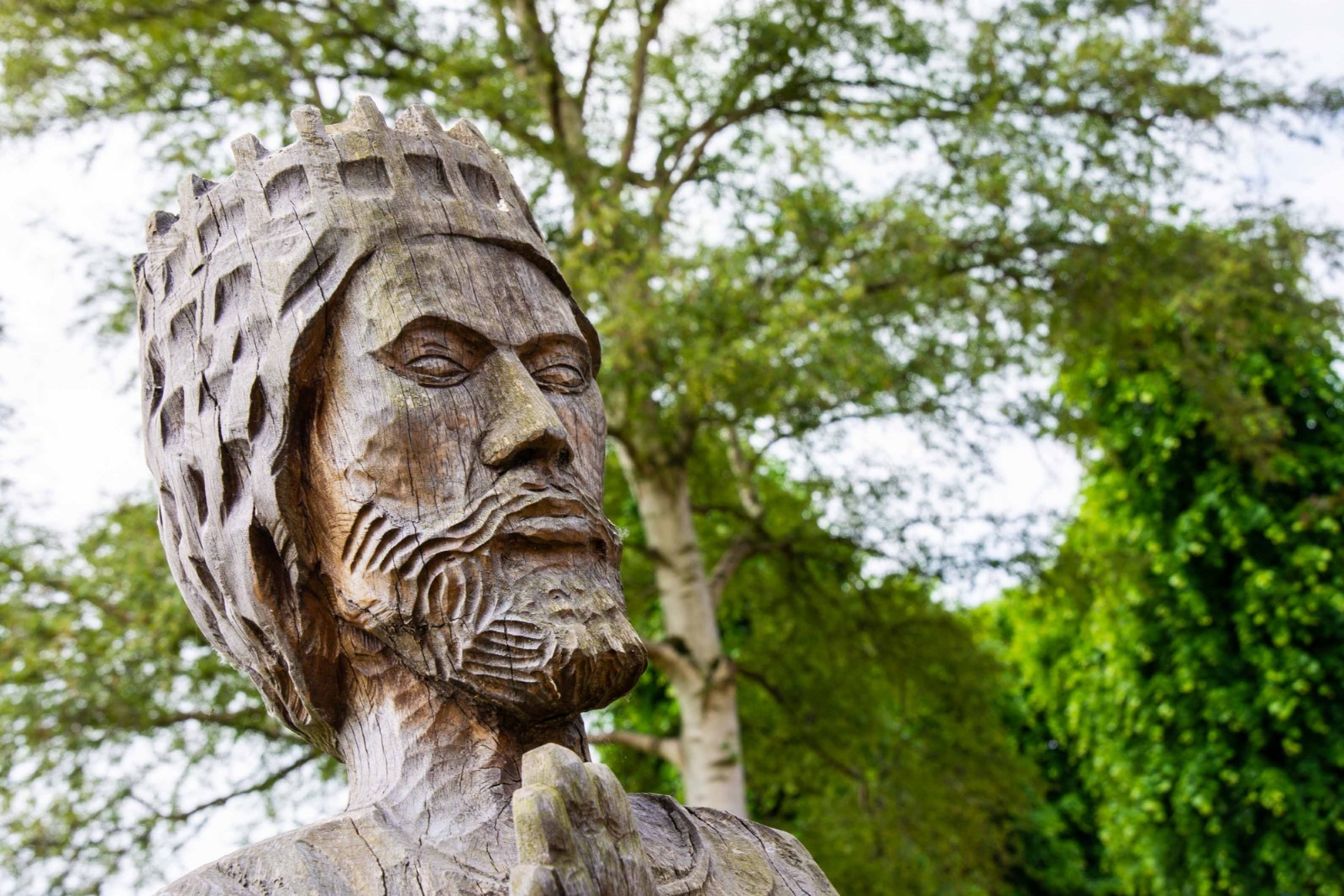Life Lessons from Space
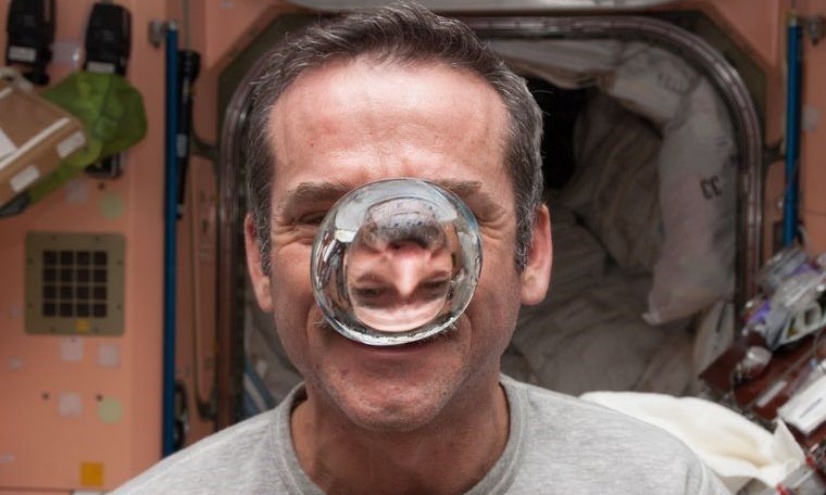
It has been a real pleasure to welcome the boys back to school this week. It has also been fantastic to see them laughing and enjoying each other’s company once again.
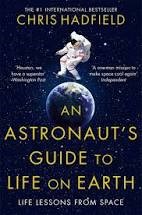 Towards the end of the latest period of school closure I finished reading one of the books mentioned in a previous blog. ‘An Astronaut’s Guide to Life on Earth’ by the Canadian astronaut Chris Hadfield. Hadfield is perhaps most widely known for his cover version of David Bowie’s Space Oddity. The video recorded whilst he orbited the Earth on the International Space Station went viral and was the most successful of Hadfield’s attempts to increase awareness of the space programme and educate people about the important work being done. By the time Hadfield’s version of Space Oddity was released he was preparing to return to Earth. At this stage he already had 681,000 people following him on Twitter where he was regularly posting photos taken from the cupola window of the International Space Station, which captured the familiar shapes of Earth in ever unfamiliar and breath-taking way. The social media interest that Hadfield generated has led millions of people to watch the Canadian Space Agencies educational videos. Space Oddity capped a 35-year career as an astronaut; that included three space missions on which he spent nearly 4,000 hours in space, during which he became the first Canadian to walk in space, broke into a space station with a swiss army knife, was temporarily blinded whilst hanging onto the outside of an orbiting space craft and commanded the International Space Station.
Towards the end of the latest period of school closure I finished reading one of the books mentioned in a previous blog. ‘An Astronaut’s Guide to Life on Earth’ by the Canadian astronaut Chris Hadfield. Hadfield is perhaps most widely known for his cover version of David Bowie’s Space Oddity. The video recorded whilst he orbited the Earth on the International Space Station went viral and was the most successful of Hadfield’s attempts to increase awareness of the space programme and educate people about the important work being done. By the time Hadfield’s version of Space Oddity was released he was preparing to return to Earth. At this stage he already had 681,000 people following him on Twitter where he was regularly posting photos taken from the cupola window of the International Space Station, which captured the familiar shapes of Earth in ever unfamiliar and breath-taking way. The social media interest that Hadfield generated has led millions of people to watch the Canadian Space Agencies educational videos. Space Oddity capped a 35-year career as an astronaut; that included three space missions on which he spent nearly 4,000 hours in space, during which he became the first Canadian to walk in space, broke into a space station with a swiss army knife, was temporarily blinded whilst hanging onto the outside of an orbiting space craft and commanded the International Space Station.
As the title suggests Hadfield draws on the experiences accumulated over 35 years as an astronaut to provide lessons that can be applied in all our lives and I felt it might be interesting to share some of them as we attempt to deal with the latest changes in our lives and the ongoing uncertainty about what lies ahead.
The first of these is to utilise the power of negative thinking. Negative thinking sounds pessimistic. Defeatist. But Hadfield finds it puzzling that self-help gurus urge people to focus on the positive and stop there, and that some even insist that by focusing on the negative you can invite bad things to happen. He believes that when you think about it, planning for the worst can be energising and confidence-boosting. How? Well, if you always prepare a contingency for every scenario you’ll never be caught off-guard. Anticipating problems and figuring out how to solve them is the opposite of worrying: it's productive. In short, aim for and hope for the best but plan for the worst and that means you can relax and enjoy life, knowing you’re ready to act if things go wrong.
Hadfield’s second lesson is to have an attitude. In space flight, ‘attitude’ refers to orientation: which direction your vehicle is pointing relative to the Sun, Earth and other spacecraft. If you lose control of your attitude, two things happen: the vehicle starts to tumble and spin, disorienting everyone on board, and it also strays from its course, which, if you’re short on time or fuel, could mean the difference between life and death. In the Soyuz, the Russian space craft in which Hadfield journeyed to the International Space Station, they use every cue from every available source—periscope, multiple sensors, the horizon—to monitor the attitude constantly and adjust if necessary. They never want to lose attitude, since maintaining attitude is fundamental to success. Hadfield thinks of life trajectory like attitude control – you need to stay on the right path to achieve your goals. It’s not always in your control whether you get there or not, but you can do everything in your power to make it happen. In life, losing your attitude – drifting from your path – is far worse than not reaching your destination.
The third lesson is to sweat the small stuff. “An astronaut who doesn’t sweat the small stuff is a dead astronaut,” says Hadfield. The lesson: averting disaster isn’t about making one-off life-or-death decisions – it’s about learning and understanding all the little things that develop into a bigger issue. Sweating the small stuff runs counter to conventional wisdom, yet there’s truth in it. Yes, an astronaut’s work environment is radically more hostile and dangerous than most peoples. But the point is that paying attention to the granular details – like physical health symptoms or signs of car trouble – makes you incrementally safer.
Hadfield’s last lesson and perhaps the most important is to aim to be a zero. According to Hadfield in any given situation you’re either a ‘plus-one’, a ‘zero’ or a ‘minus-one’. If you’re a plus-one, you’re actively adding value. If you’re a zero, you’re generally competent and don’t get in the way. Being a, minus-one is bad, because you’re a liability and actively cause problems. However, if you’re a plus-one and you walk into a situation trying to prove how great you are, you can go from a plus one to a minus one – your ‘I got this’ mentality might easily irritate and prove detrimental to the dynamic. So, the best thing to do in a new situation? Aim for zero. Listen. Observe. Offer advice. Don’t try to take control of everything. If you know what you’re doing, you won’t need to tell people you’re a plus one. They’ll know it. The Warwick Way is to produce well-rounded young men; confident but not arrogant, who can play a positive role in the world. Hadfield too, is extoling the virtue of humility – listening to and respecting others and putting them first, carrying yourself with grace, not boasting about your achievements but being comfortable with the worthy person that you are. Humility is in the very fabric of NASA. In most lines of work there’s a steady linear ascent up a well-defined career ladder, but astronauts continuously move up and down, rotating through different roles and ranks. Astronauts fresh off the Soyuz are reabsorbed back into the support team as middle-of-the-pack players, essential but not glorified. Any inclination they might have to boast or to sit around reminiscing about the good old days, when they were in space, is nipped in the bud, because their status has changed overnight and they are expected to deliver immediately in a new, less visible role, thereby reinforcing their commitment to teamwork in pursuit of a common goal that’s much bigger than any individual.
I’ll leave you with one more quote from Hadfield, which I believe is particularly pertinent at this difficult time. “Life off Earth is in two important respects not at all unworldly: you can choose to focus on the surprises and pleasures, or the frustrations. And you can choose to appreciate the smallest scraps of experience, the everyday moments, or to value only the grandest, most stirring one.” Essentially if you start thinking that only your biggest and shiniest moments count, you're setting yourself up to feel like a failure most of the time, so search for the silver lining enjoy what you are doing rather than focusing on what you are not. The majority of Hadfield’s 35-year career as an astronaut was not spent flying around in space. The ratio of training, to time in orbit is many months to a single day in space. If he’d viewed training as a chore not only would he have been unhappy every day, but his sense of self-worth and professional purpose would have been shattered if he’d ever been scrubbed from a mission or was never assigned to one. Some astronauts train, they do all the work and they never leave Earth. Success is about feeling good about the what you are doing, rather than being disappointed about what you’re not. The secret of life is trying to enjoy it.

